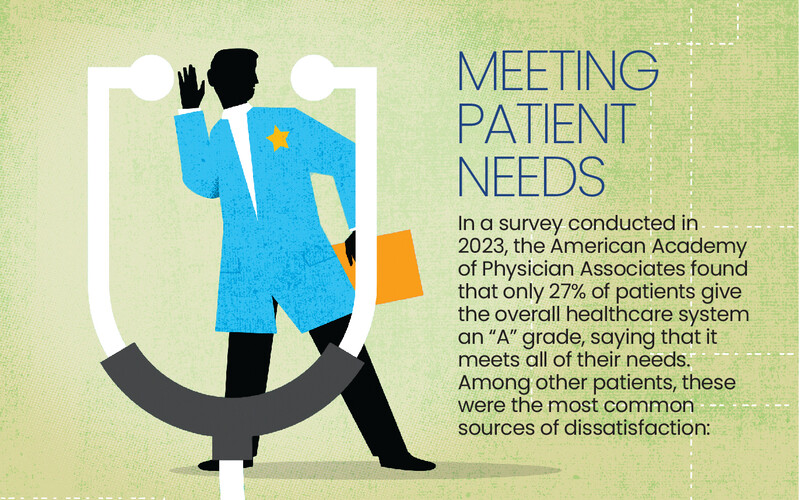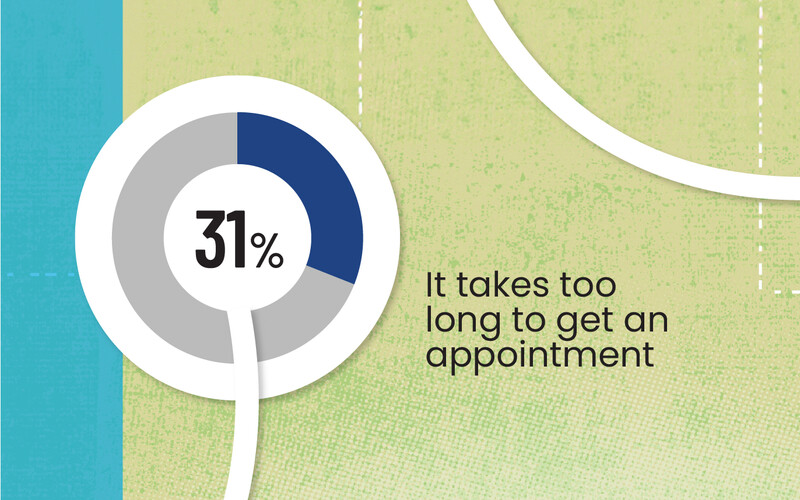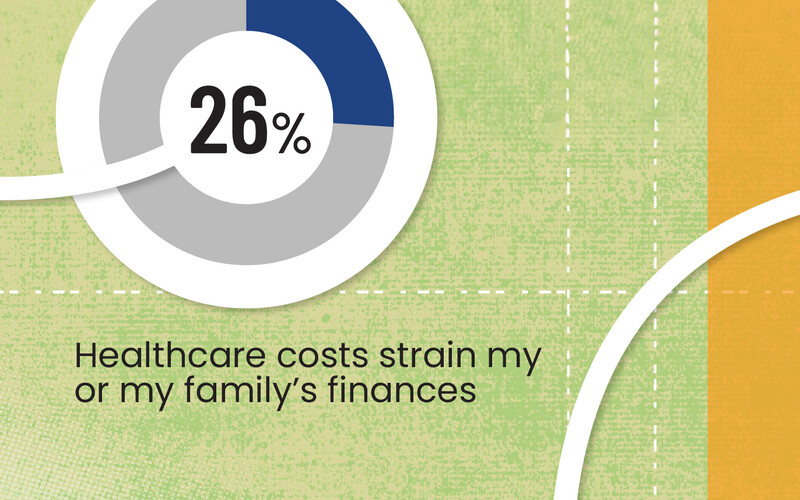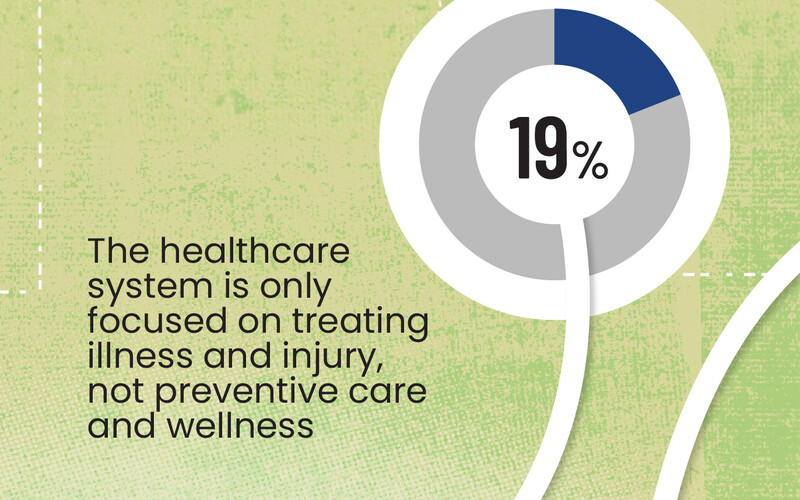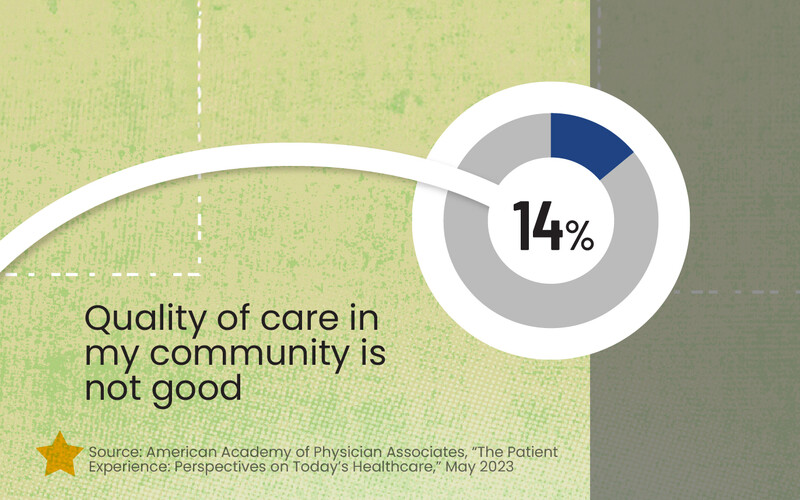Traditional barriers to accessing care are eroding, and patients — especially younger ones — are demanding more convenience, better communication and improved access to services. Health systems that fail to adapt with new technologies and practices risk alienating patients, says Adam Cherrington, vice president of digital health and patient voice for KLAS.
“Healthcare must evolve because of one word: choices,” Cherrington says. “The long-standing oligarchies of healthcare are eroding quickly. Gen Xers and millennials have a lower tolerance for challenges with access and communication, and patient loyalty also decreases with younger generations. Healthcare must adapt to these changing patient expectations.”
Cherrington adds, “If we don’t put the patient at the center, we will continue to chase our tail as an industry.”
Froedtert ThedaCare Health Sees Early Results in New CX Approach
Previously, the Froedtert & the Medical College of Wisconsin health network had most calls go directly to individual clinics, where staff had little visibility into the larger organization’s scheduling availability. As a result, a significant number of appointment slots are open on any given day due to cancellations, but some patients still couldn’t get a same-day appointment.
The organization centralized its contact center, sending about 200 service representatives and registered nurses home to field calls for the entire primary care organization. This not only met a demand by employees for remote work options, Basilotto says, but most importantly, expands access to physicians along with improved operating efficiency as the organization scales.
The health network adopted a number of new technologies as part of the overhaul, including Cisco Finesse for telephony, 2Ring for real-time call queue analytics, Webex for internal real-time chat, Avaamo for generative AI and Calabrio for workforce management and quality assurance software.
Patient satisfaction rates have remained high, even with the dramatic change to processes, and Basilotto says the organization is seeing improvements in overall average speed of call answer and abandonment rates.
READ MORE: Enhance the patient experience with contact center transformation.
On the day the new system launched, a patient experiencing stroke symptoms called in and was immediately connected to a triage nurse, who escalated the incident and sent an ambulance to bring the patient to the emergency room. “We have had patients talk to our new virtual assistant and say, ‘Wow, that was amazingly easily to change my appointment without even needing to speak to a human’ as this service is available 24/7/365 since going live,” he says.
Basilotto notes that improving the patient experience is not a one-time achievement but rather a never-ending process. He estimates that the Froedtert & MCW health network is still a year away from reaching maturity with its current model, and leaders are already looking at how to make further improvements, especially for patients seeking specialist care.
“The way I look at this, we just made a really big down payment toward the future,” Basilotto says.
Yale New Haven Health Transforms Operations
Yale New Haven Health, which operates five hospitals in Connecticut and Rhode Island, has an outpatient-focused effort called Access 365, aimed at decreasing wait times, personalizing treatments and improving efficiency. But Dr. Laura Pham, executive director of patient and physician access for the organization, notes that hospitals must also fine-tune their operations to improve the experience for inpatients.
“The recognition of the patient experience has gotten a lot of momentum over the past 10 years or so,” Pham says. “Before that, we were maybe not as sensitive to all the factors that contribute to the patient’s overall experience and health. That’s changed a lot, and certainly for the better.”
The organization’s Capacity Coordination Center, which colocates different operational departments to promote efficiency and improve the patient experience, moved to a larger space during the COVID-19 pandemic, along with teams in charge of bed management, room cleaning and transportation logistics. By turning rooms over more quickly, Pham says, hospitals can improve the experience of both patients who are being discharged and those in the emergency department waiting for a bed to open up.








